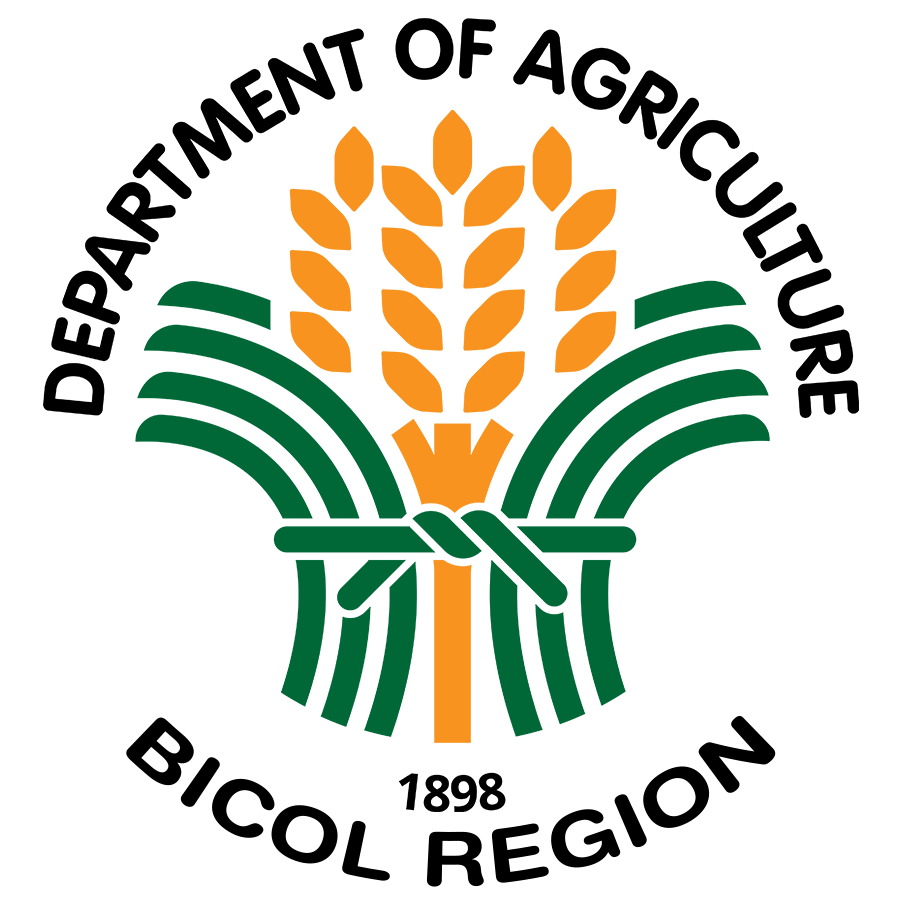Considered as a maritime country for having 7,100 islands and 18,000 kilometers of shoreline, the Philippines has a rich marine biodiversity. This wealth in resources and life includes 400 species of corals, 900 species of seaweeds, and 1,400 species of fish and crustaceans. In “Managing Philippine Coasts and Seas: Understanding the Challenge,” an article published in oneocean.org, the website for the Fisheries for Improved Sustainable Harvest (FISH) Project, it was mentioned that over 50 percent of the municipalities in the Philippines are coastal, 62 percent of the country’s population live in coastal zones, and marine fisheries provide more than 50 percent of Filipinos’ animal protein intake.
However, according to Philippine Rural Development Project-Global Environment Facility (PRDP-GEF) Natural Resource Management (NRM) Officer Ma. Shea Bitalac, the country’s coastal ecosystems are overly exploited due to rapid population growth, widespread poverty, and increasing environmental damage and pollution. This situation is also exacerbated by natural factors like climate change, typhoons, and coral bleaching.
“Akala natin, nandyan lang ang isda, hindi nauubos, pero in reality exploited na yung waters natin, kailangan ng time para maka-recover,” she said.
To support the efforts to address issues affecting the Philippine coastal zones, the PRDP-Global Environment Facility (GEF) invested on strengthening the individual Local Monitoring Teams (LMTs) for the Donsol-Ticao-Burias Pass Marine Protected Areas (MPA) Monitoring Network. The Province of Sorsogon through the Office of the Provincial Agriculturist (OPAg) and PRDP-GEF team conducted a four-day Open Water Scuba Diving Skills Training on February 23-26, 2021 to eight participants coming from Bantay Dagat, proponent groups, Municipal Fisheries and Aquatic Resources Management Council (MFARMC), and the Local Government Unit of four different municipalities covered by the GEF program. These municipalities are Matnog, Bulan, Pilar and Magallanes. The team also provided to the same participants training on biophysical assessment for Marine Protected Area (MPA) monitoring, which included an orientation on ecosystems methodology exercises and monitoring and evaluation of MPAs on February 27 to March 1, 2021.
Ulysses Triambulo, head of the PRDP-GEF Unit at the national level, said that the trainings aim to develop the stakeholders’ appreciation of the biophysical features within the marine protected area (MPA) and capacitate them on monitoring skills needed to sustain its management and protection after project completion.
“Pag magmano-mano lang sila, parang limited yung time nila sa ilalim, mahihirapan sila compared kung they are already skillful enough to do scuba diving,” Triambulo said. He noted that the capacity-building activities are also intended to mainstream PRDP-GEF’s inclusive, participatory and sustainable approach in promoting coastal resource management (CRM). Triambulo also hopes that PRDP-GEF sites’ MPA Monitoring Network for the Donsol-Ticao-Burias Pass would serve as a model to the rest of the coastal municipalities within the Ticao and Burias areas and draw more fund allocations for CRM initiatives, especially with the upcoming implementation of the Mandanas Ruling, which stipulates the full devolution of certain national government functions, services and facilities to LGUs.
PRDP-GEF has already made initial steps toward capacitating LMTs in Sorsogon in 2017 by conducting the same trainings to 10 representatives from the OPAg and Municipal LGUs. With the trainings conducted by OPAg and PRDP-GEF last February, each LMT in Sorsogon’s GEF sites now has two additional members certified by the Professional Association of Diving Instructors (PADI) as open water divers. At the end of the project, the LMTs are expected to assist in the governance, biophysical and social monitoring aspects of CRM in their respective communities.
Equipped with new skills, Bantay-Dagat officer Ely C. Blancaflor expressed his excitement to take on his new role. “Nagpapasalamat ako na natuto ako sa pag-dive ng scuba. Malaki ang maitutulong sa akin ng pag-scuba diving kasi pag halimbawa may kailangan yung LGU namin sa Magallanes sa pagpapa-assess ng corals doon, siyempre kami na ang kukunin doon,” he said.
Shane Saguid C. Ofracio, a staff from LGU-Bulan who also participated in the trainings, said that the activities deepened his appreciation of the marine sanctuary.
“Hindi ko po akalain na makakasama ako dito, wala naman sa plano ko na matuto ako ng pag-iiscuba. Sobrang na-enjoy ko yung experience lalo na po yung mga animals sa ilalim ng dagat. Na-realize ko po na kailangan talaga nating protektahan yung kapaligiran natin po lalung-lalo ang dagat,” he said.
Bitalac further called for more commitment from concerned LGUs in implementing CRM initiatives saying “Pag nag-invest ka sa conservation ng environment, long-term initiative yun towards food security and conservation ng coastal environments natin.”
The municipalities of Matnog, Bulan, Pilar and Magallanes were cited as key marine biodiversity areas in the province of Sorsogon. They were among those identified to receive the total P287-million grant for biodiversity conservation and strengthening of coastal and marine resource base nationwide under the PRDP. (Annielyn L. Baleza, DA RAFIS V/PRDP RPCO V InfoACE Unit with reports from Rosechelle Labilles and Carmela Therese Novilla, PRDP NPCO GEF-NRM Unit)
